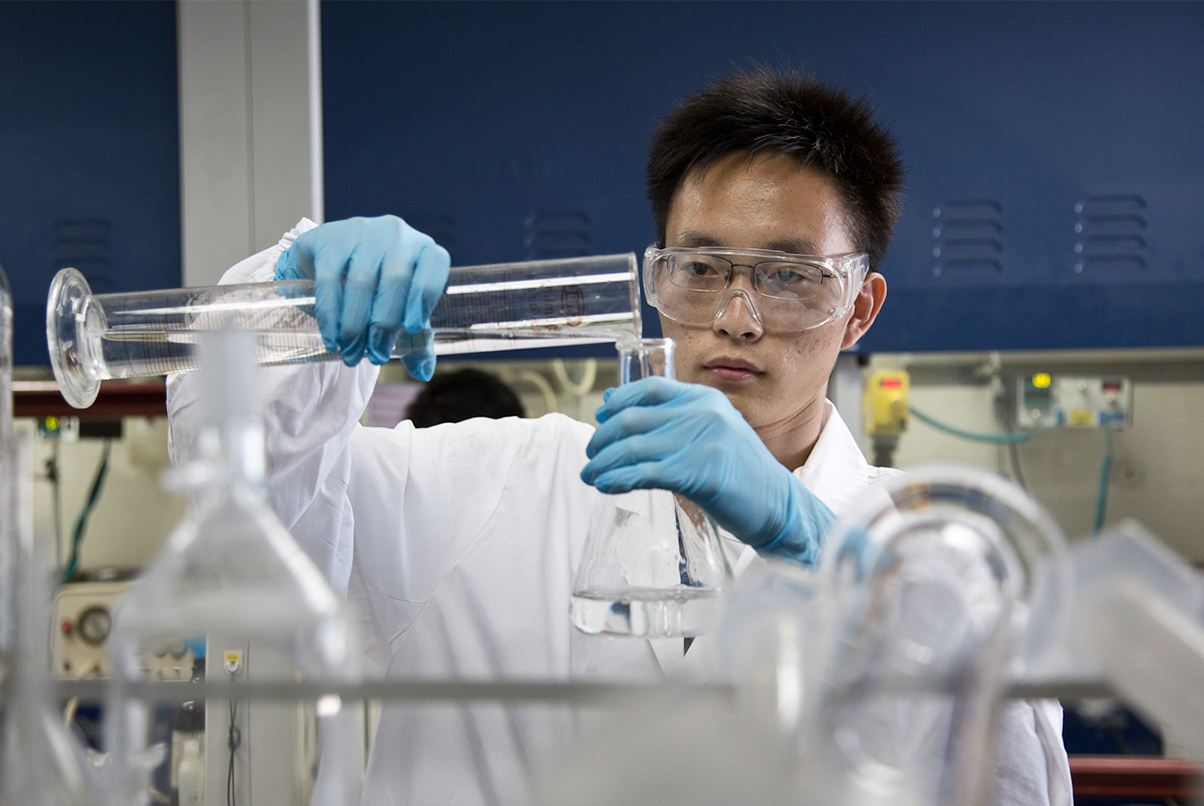- June 8, 2016
A Chinese Pharmaceutical Startup Acquires an American Firm to “Go Global”
The CRO model has emerged as the most popular strategy for the industry: Rather than do all their work internally, drug companies have for some time now outsourced research and development (R&D) to specialty companies, most of which are located in the United States and Western Europe and were founded by ex-pharmaceutical executives and scientists. But even as the CRO industry expanded in the United States, it has also experienced dynamic change over the past 15 years. After a strong start in America, many of the CRO jobs shifted from the United States and Western Europe to India and China, two countries that became major players in drug discovery and development.
These two Asian giants have lower costs, relatively educated workforces, and governments eager to strategically develop domestic healthcare and pharmaceutical industries. Almost every large CRO and pharmaceutical company has capitalized on these factors to shift varying portions of their R&D operations to one or both countries. Moreover, Indian and Chinese citizens, educated and/or trained in US and European universities, have also returned home to set up their own CRO and CMO (contract manufacturing outsourcing) companies. A few of these companies have grown in size and reputation and now rival their Western competitors. More recently, Indian and Chinese firms have begun moving beyond research outsourcing toward local drug discovery and development.
As domestic Chinese and Indian CROs have grown and matured—and as foreign competitors have built their own operations in those two countries—Asian and US/European operations and strategies appear to be converging. For instance, many Indian and Chinese companies have established joint ventures (JVs) with their Western counterparts and built or acquired operations in the United States and Europe. In similar fashion, Asian firms have been acquired by their US competitors that are eager to expand into China.
WX is one such Chinese company. And its acquisition of AppTec must be seen within the context of the dramatically changed landscape of pharmaceutical and biotech R&D and innovation.
WX decided to pursue the AppTec acquisition in the United States to expand in areas that it deemed too difficult to develop internally. This case study explores WX’s history and acquisition of AppTec in 2008. It provides an analysis of WX’s spectacular growth and success in China, the motivations behind its decision to invest in the United States, and suggests some potential lessons that can be drawn for investors in the R&D and innovation realm.
The case illustrates several important lessons but one is especially worth highlighting:
In the past, most attention to outsourcing from America to lower cost markets has focused on low-skilled manufacturing jobs. But this case study shows that similar trends are and will continue to occur in high-skilled industries, including in healthcare research and software programming. The trend toward outsourcing more high-skilled labor will likely accelerate as universities in China and India continue to graduate large numbers of students across STEM disciplines.
In addition to available public sources, this reconstruction of the WuXi AppTec story is the result of numerous interviews over a period of many months with people involved in the deal, including key individuals at the American and Chinese companies.
Stay Updated with MacroPolo
Get on our mailing list to keep up with our analysis and new products.
Subscribe
